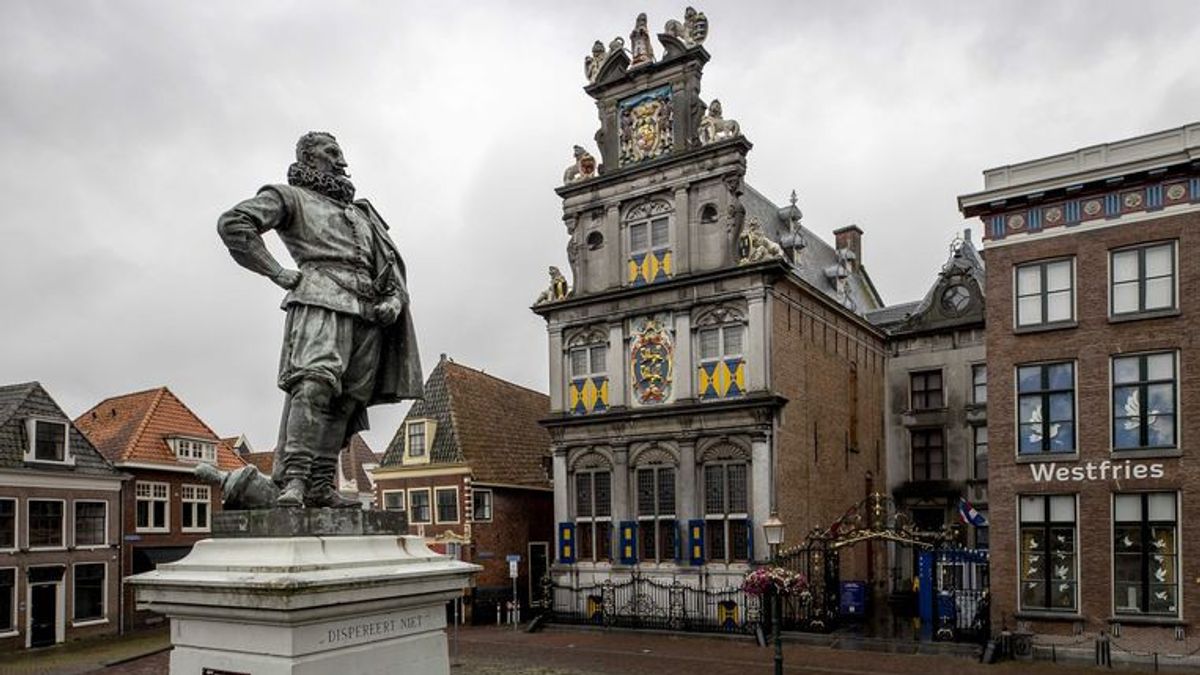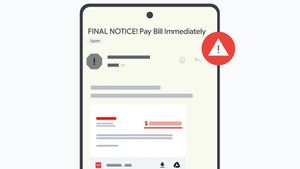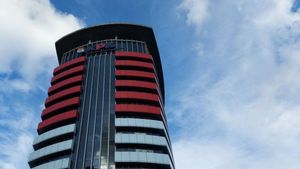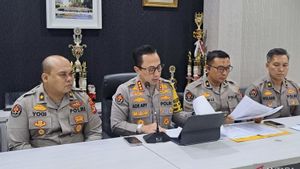JAKARTA - The wish of the Dutch trading airline VOC to seize Jayakarta is second to none. There is a figure of Governor General of the VOC Jan Pieterszoon Coen behind it. He wants Jayakarta to become an important colony. A country that is the center of VOC activities in the archipelago.
Sisat embraces being played. The Jayakarta rulers were invited to cooperate until they were finally betrayed. The study was successful. The Dutch were happy, no joke. They built a new city. Batavia's name. However, Coen vehemently refused Batavia's name.
Sunda Kelapa Port is often an important port in the trade of Nusantara spices. Dutch ships often meet to refill cargo at ports under the control of Jayakarta. In fact, Jayakarta is considered the VOC as the right location to perpetuate the narrative of colonialism.
Politics embraces being perpetuated. In collaboration with the ruler of Jayakarta, Prince Wijayakrama (Prince of Jayakarta) was initiated. The cooperation agreement gave birth to a permit that gave the Dutch a piece of land and authority to build a place to live.
Politics embraces it running smoothly. The VOC takes advantage of the plot of land given. Instead of just building a stone house, the VOC also builds spice warehouses to a defense wall like a fort. In fact, the construction became a defense strategy.
Moreover, the VOC also equipped its fort with several cannons. In fact, several times the cannon was tested near the residence of Prince Jayakarta. The owner of the power is furious. Sanctions were also given. However, the Dutch never stopped causing trouble.
Since then, the desire to fully control Jayakarta has emerged. Coen became the Governor General of the VOC (1619-1623 and 1627-1629) who dared to make this happen in 1619.
In December 1618 tensions peaked. The Jayawikarta army surrounded the Dutch stronghold, which at that time covered two sturdy warehouses from rock, namely surly (1610), and Mauritius (1617). The British fleet, which consisted of 15 ships, arrived under Sir Thomas Dale's leadership. He is the former Governor of Colonial Virginia, who is now forming the State of Virginia, United States. The British Admiral is old and has acted less decisively.
After the fighting in the Java Sea, the newly appointed Governor-General of the VOC, Jan Pieterszoon Coen, stepped aside to the Maluku Islands to gather support. He is a clever accountant and a smart politician who is far ahead, but acts cruelly to force the opposing party to submit to his will. And what he thought was only an advantage for his trading partnership," said historian Adolf Heuken in the book Places His History in Jakarta (2016).
Tensions have also peaked. Jayakarta's struggle in fact invites many other powers. The war, which initially only involved Jayakarta and the VOC, then began to involve Banten and England.
The VOC received a serious attack. In fact, the VOC was pressed. However, Coen tactics. He quietly sailed to Maluku to seek help from the troops. The plan was successful. Coen came with full reinforcements.
Coen also conquered Jayakarta. The city was burned to the ground by Coen. From the palace to the mosque. On the rubble, Coen wanted to build a new city. However, that intention had disappointed him.
All because Coen had seen the fort where the Dutch soldiers survived were named Batavia. A name representing the Dutch ancestors: Batavier. Coen was annoyed that it was no joke. Because, the naming was then a plenary name as the name of the city: Batavia. Coen refused to use the name Batavia.
The refusal was not without reason. The VOC's victory over Jayakarta is his great service. He wants to name a new city called Nieuw Hoorn, the name of his hometown. However, Coen's proposal has not been heeded by the shareholders of VOC, Heren Zeventien (Seventh Council). Therefore, Jayakarta has been known as Batavia for a long time.
After making this bold decision, the officers suddenly found that the fort had no name. At the meeting of all members of the garrison on March 12, 1619, the fort was named Batavia, like the Dutch. Thus, the origin of the city of Batavia was far from glory. In May 1619 the Coen fleet returned from Maluku. On May 28, the Governor General entered the fort of Batavia. Two days later he led his troops, 1,000 people, to attack.
With only one person fallen, the city of Jayakarta was conquered, Jayakarta was burned to the ground, and occupied by the VOC. Coen immediately ordered the construction of a new larger fort and a small Dutch city, which was built in the next few years following the style in the ancestral country, with canals and bridges. For a long time Coen refused to name Batavia on her behalf, but on March 4, 1621, the Compeni Directors upheld the resolution taken by the Batavia garrison," said Bernard HM Vlekke in the book Nusantara (2008).
The English, Chinese, Japanese, Arabic, and French versions are automatically generated by the AI. So there may still be inaccuracies in translating, please always see Indonesian as our main language. (system supported by DigitalSiber.id)








